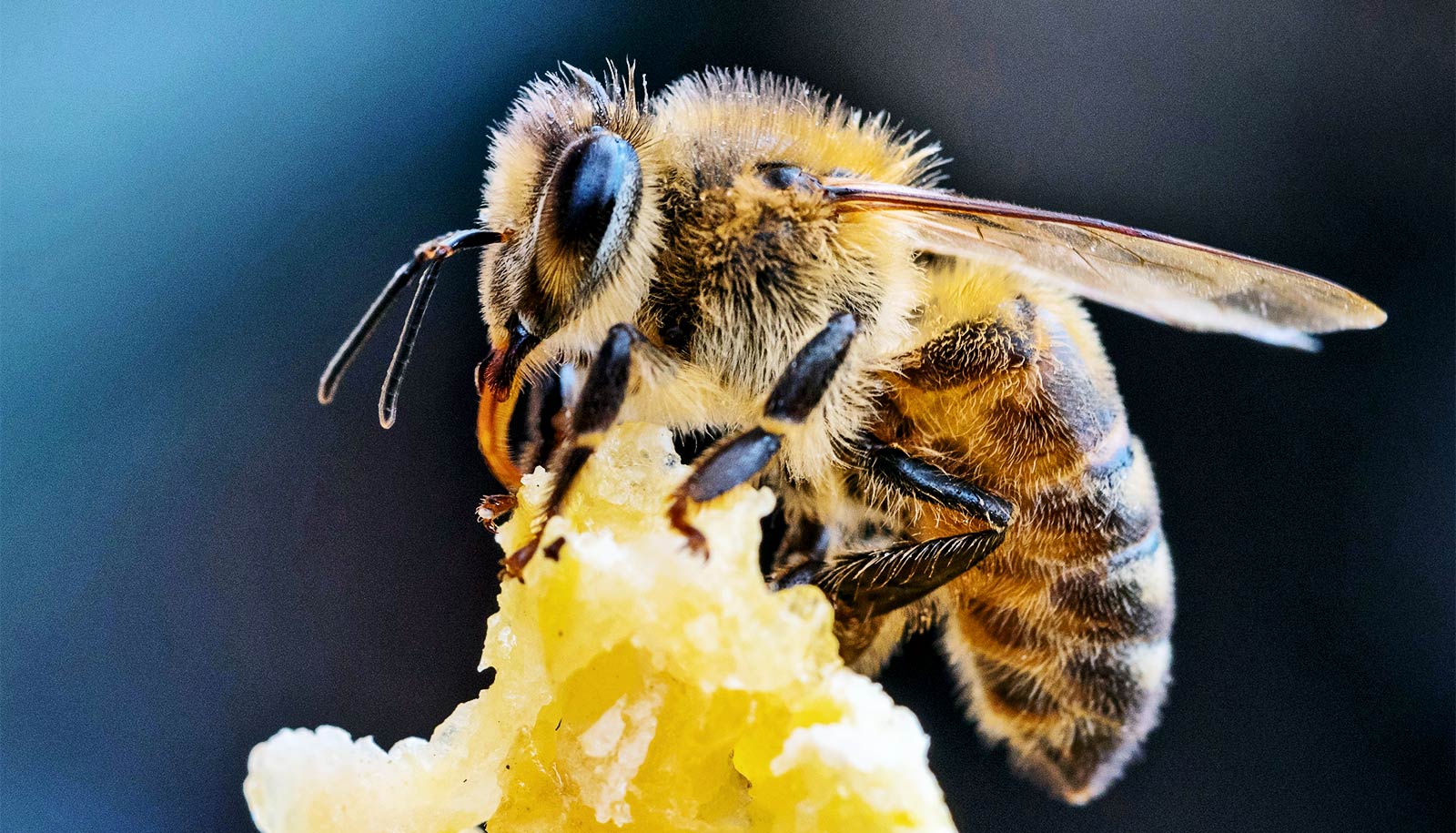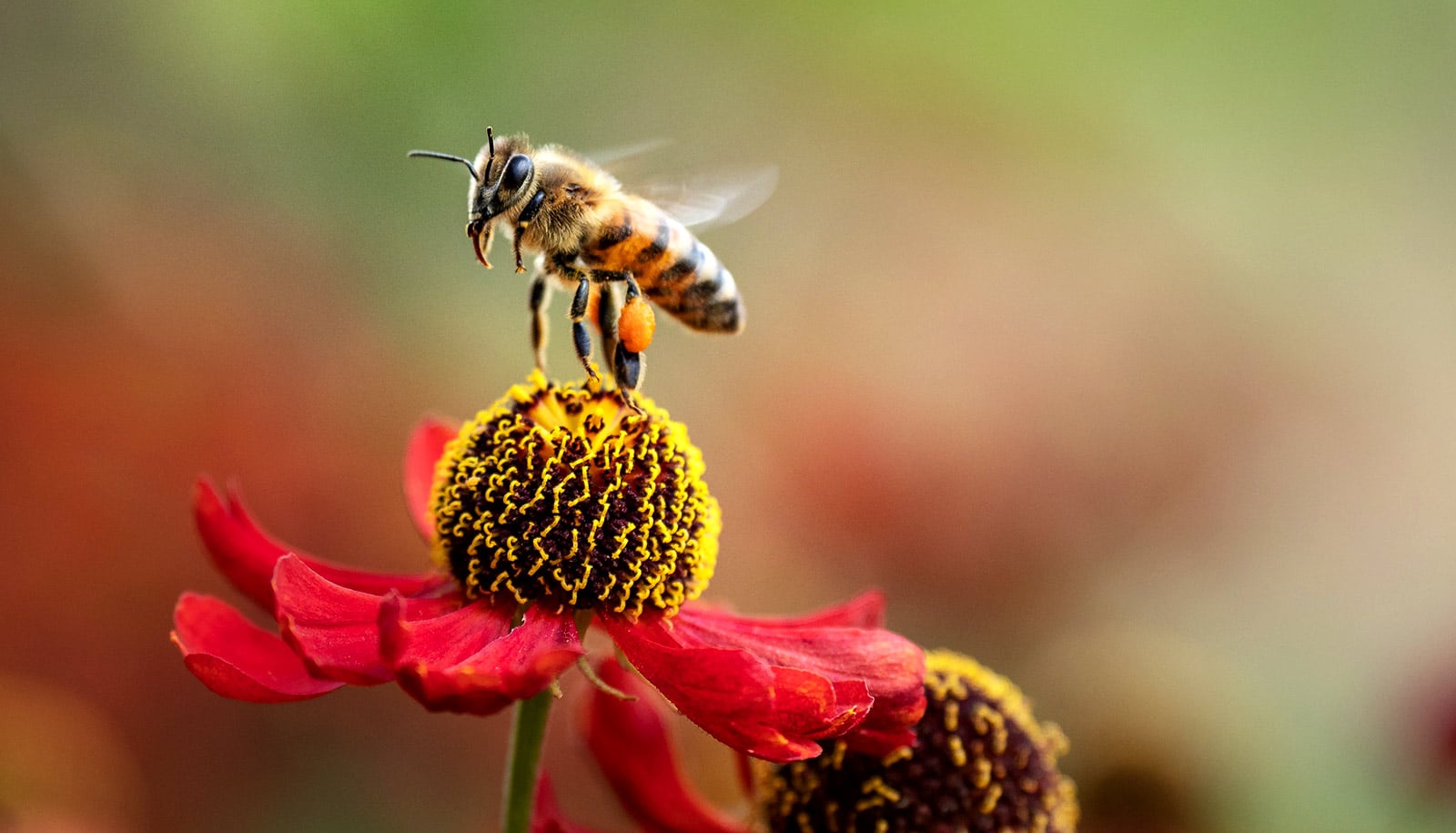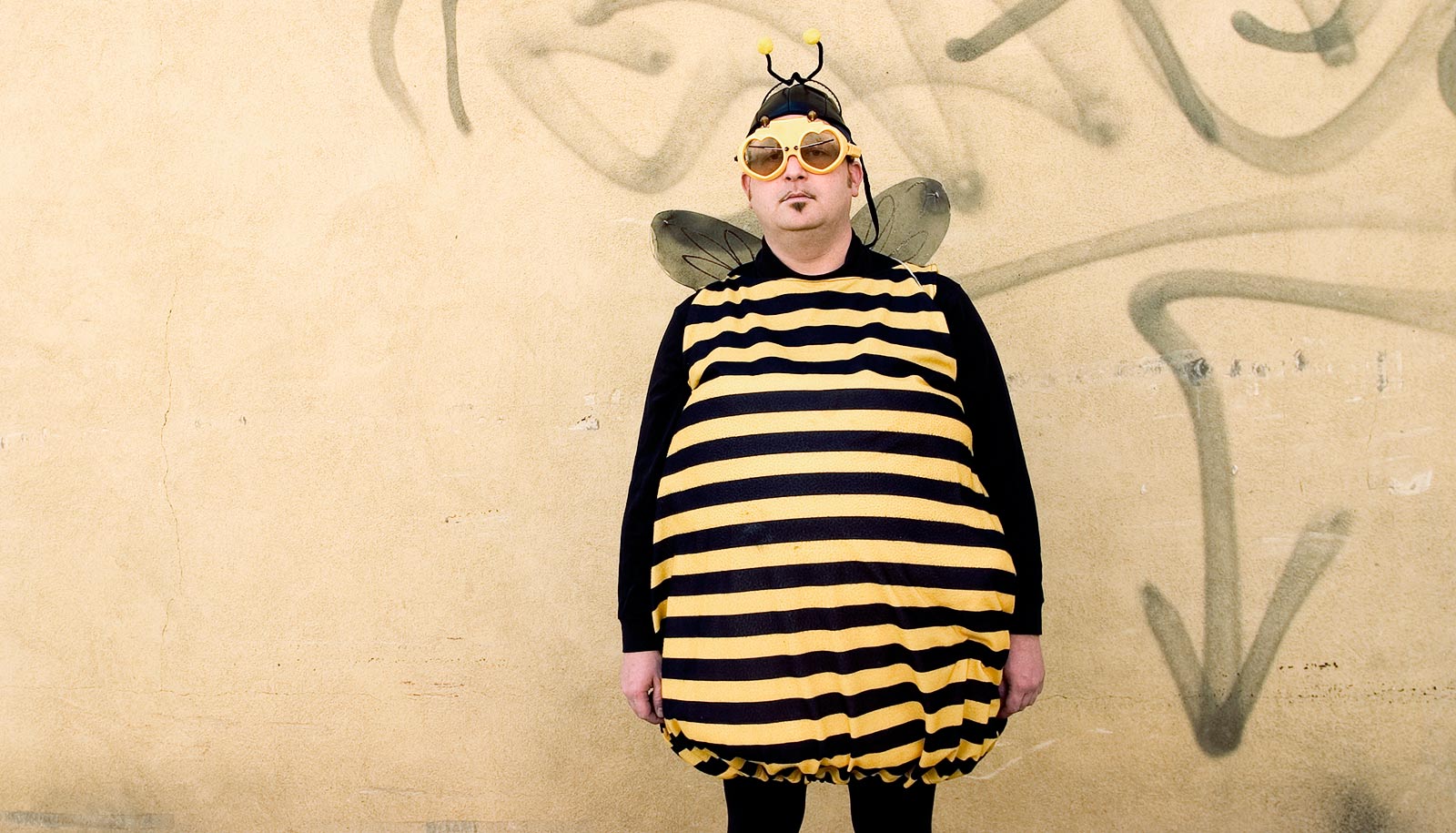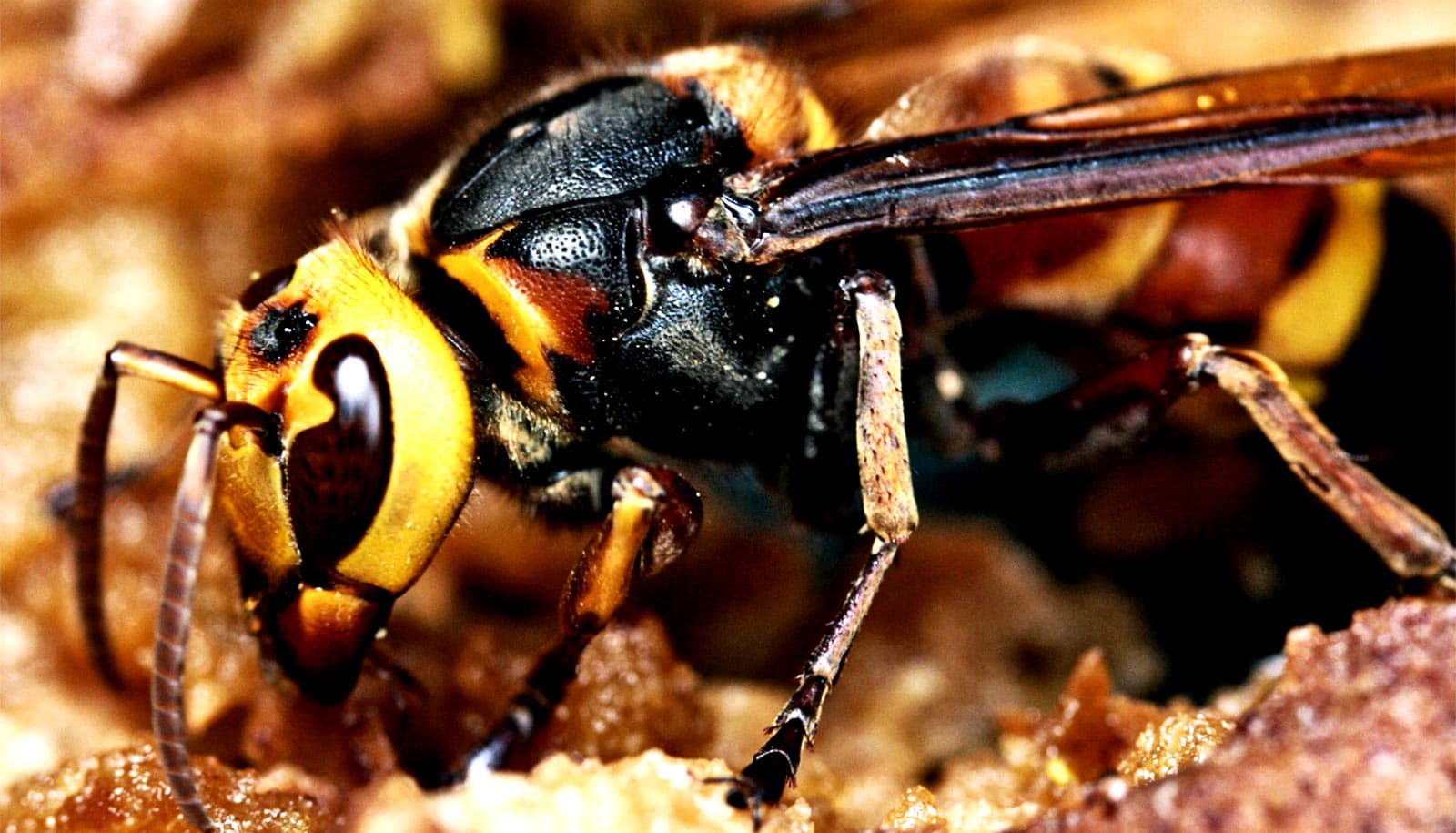Summer temperatures and precipitation strongly influence survival of honey bees the following winter, a new study shows.
The findings suggest that honey bees have a “goldilocks” preferred range of summer conditions outside of which their probability of surviving the winter falls, researchers report.
The results of the study, which used several years of survey data from the Pennsylvania State Beekeeper’s Association, allowed the researchers to develop a tool for forecasting honey bee winter survival to support beekeepers’ management decisions.
Honey bees contribute more than $20 billion in pollination services to agriculture in the United States and generate another $300 million annually in honey production for US beekeepers, says Martina Calovi, postdoctoral researcher in the Earth and Environmental Systems Institute in the College of Earth and Mineral Sciences at Penn State.
“However, winter colony mortality greatly reduces the economic and ecosystem contributions of honey bees, which suffered estimated overwintering mortality rates of more than 53% from 2016 to 2019 in the United States,” says Calovi, lead author of the paper, published in Scientific Reports.
“Although winter mortality is known to vary regionally, the landscape and weather factors underlying this variation are poorly understood.”
Honey bees in winter
Honey bee colonies are not dormant during the winter, Calovi points out. The bees remain active and maintain the hive temperature between 75 and 93 degrees Fahrenheit by forming a thermoregulating cluster, in which they organize into a tight ball and vibrate their flight muscles to generate heat. This allows the colony to survive when outside temperatures fall below 50 F and helps them survive long periods of cold temperatures.
“During the winter, the colony stops foraging for nectar and pollen and relies on its existing food stores, collected during the plant growing season,” she says. “Rearing of new bees also ceases, and the colony depends on the survival of a long-lived cohort of bees that is produced in the autumn.”
As a result, any factors that limit the colony’s ability to store adequate amounts of food during the summer and fall, that undermine effective thermoregulation during the winter, or that reduce the life span of overwintering bees can contribute to colony mortality, says coauthor Christina Grozinger, professor of entomology in the College of Agricultural Sciences.
Among these factors, she says, are weather conditions that influence the availability of forage, the bees’ ability to thermoregulate in the winter, and the amount of time before bees are able to initiate brood rearing in the spring. Other dynamics include beekeeper management practices that affect parasite and pathogen loads—particularly control of Varroa mites that transmit viruses—and forage quality and pesticide exposure due to the surrounding land use.
“We need to consider all of these factors when modeling and predicting honey bee winter survival,” Grozinger says, “and that requires large data sets that span multiple types of habitats, microclimates, and years.”
Varroa mite management
To collect beekeeper management and winter survival data, the researchers collaborated with the Pennsylvania State Beekeepers Association, which conducts an annual winter-loss survey of beekeepers across the state. The association provided data from the survey covering three winters and containing information about 1,429 honey bee colonies within 257 apiaries.
For each reported apiary location, the researchers compiled data on weather and topographic variables that determine temperature and moisture conditions, as well as landscape variables that influence the availability of floral resources and insecticide exposure risk. The team included agronomic measures such as consecutive dry days and growing degree days, which is a measure of heat accumulation used to estimate growth and development of plants and insects during the growing season.
The researchers integrated and analyzed these diverse and complex datasets using Random Forest, a machine learning algorithm that merges the output of multiple variables to reach a single result.
A critical factor influencing winter survival was management of Varroa mites, according to the study. Beekeepers that did manage Varroa mite levels, however, still experienced high losses (25-60% mortality).
For these beekeepers, the four most important variables in predicting winter colony survival were growing degree days, maximum temperature of the warmest quarter, precipitation during the warmest quarter, and precipitation during the wettest quarter. Of these, the strongest predictor was growing degree days in the prior summer, which researchers says may relate to floral resource availability.
“The importance of weather conditions in predicting winter bee survival is quite clear from our analysis,” says coauthor Sarah Goslee, an ecologist with the Pasture Systems and Watershed Management Research Unit of the US Department of Agriculture’s Agricultural Research Service.
“Our nuanced analysis of 36 weather and other environmental variables found adverse effects of both too-cool and too-hot summers,” she says. “This model can be used to predict the probability of overwintering success, both for the current year and in projected future climate change scenarios.”
‘BeeWinterWise’
The model was used to develop a real-time tool to predict honey bee survival probability as a function of growing degree days, says Grozinger, director of Penn State’s Center for Pollinator Research.
The tool, “BeeWinterWise,” has been incorporated into Beescape, a decision support system spearheaded by the center that beekeepers and technical advisors use.
“We believe this is the first study on honey bee overwintering survival that combines weather, topography, and land-use factors,” Calovi says. “Our results demonstrate both the predictive power of weather variables on honey bee overwintering survival, and the value of addressing this type of question with machine learning methods.”
The US Department of Agriculture’s National Institute of Food and Agriculture and the Foundation for Food and Agricultural Research supported the work.
Source: Penn State



